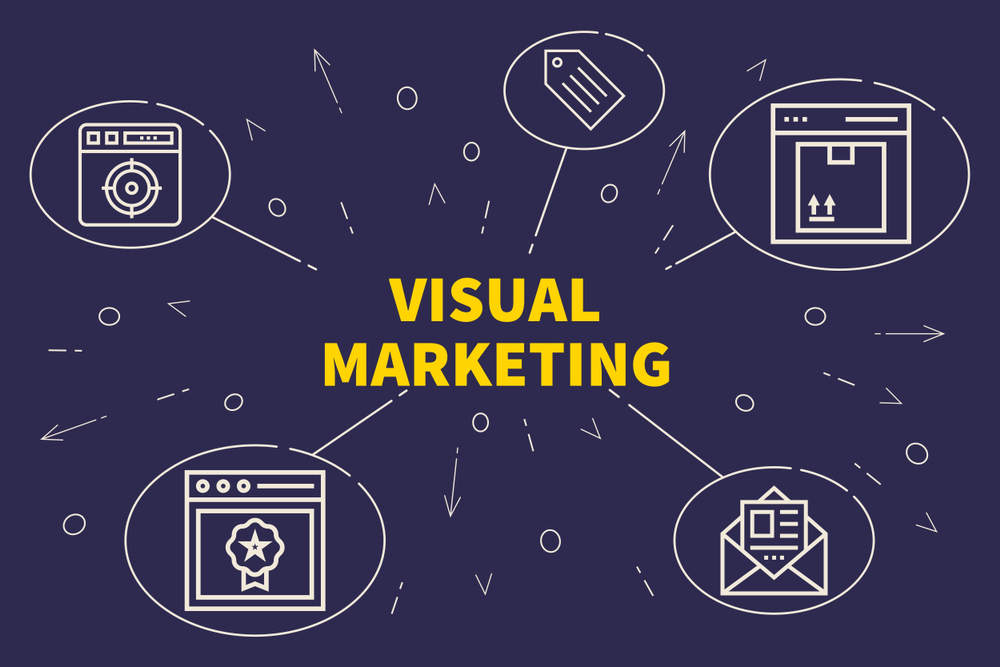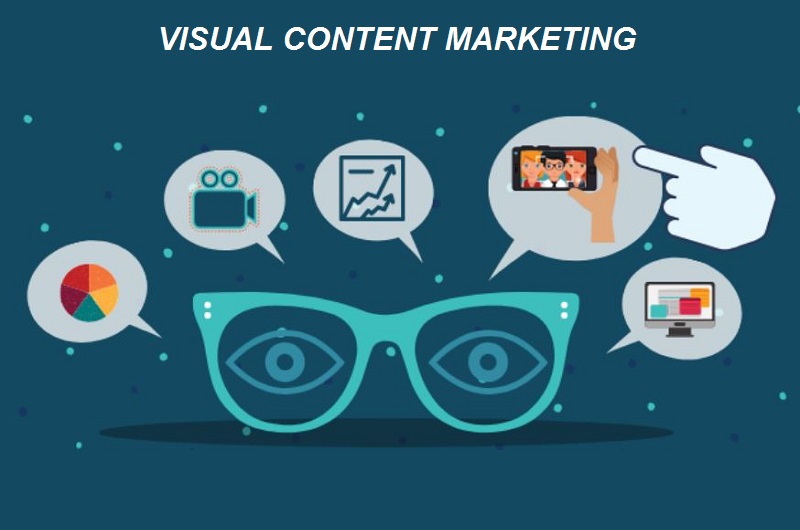Visual content is a critical component of social media engagement, and it has become increasingly important as the number of social media platforms has grown. Visual content can capture users’ attention and compel them to engage with your content, making it an essential tool for businesses looking to build relationships with their target audience. In this post, we will explore the importance of visual content in increasing social media engagement, including the benefits of using visual content, types of visual content that work best for different platforms, and best practices for creating effective visual content that resonates with your audience.
I. Benefits of Using Visual Content:
Visual content is a powerful tool that can help businesses improve engagement and reach on social media platforms.

Solution: Visual content can attract users’ attention, convey messages quickly and effectively, and evoke emotions that drive engagement and sharing. Additionally, visual content can increase brand recognition and recall, making it easier for businesses to build brand loyalty and advocacy.
II. Types of Visual Content:
Different types of visual content work better for different social media platforms and audiences, and it is essential to understand which types of visual content work best for each platform.
Solution: Businesses can use various types of visual content, such as high-quality images and videos, infographics, gifs, memes, and user-generated content, to drive engagement on social media. Each type of content has unique benefits and can be used to convey different messages, evoke different emotions, and appeal to different audiences.
III. Best Practices for Creating Effective Visual Content:
Creating effective visual content requires careful planning and execution, and there are several best practices that businesses should follow to ensure that their visual content resonates with their audience.

Solution: Businesses should use clear and concise messaging, ensure brand consistency, use appropriate colors and fonts, and include compelling calls-to-action in their visual content. Additionally, businesses should optimize their content for each social media platform and use testing and experimentation to identify which types of visual content work best for their audience.
IV. Tools for Creating Effective Visual Content:
Several tools are available to help businesses create effective visual content, ranging from graphic design software to stock image websites.
Solution: Businesses can use various tools, such as graphic design software like Canva or Adobe Photoshop, stock image websites like Unsplash or Pexels, video editing software like Adobe Premiere or iMovie, and social media management tools like Hootsuite or Buffer, to create and manage their visual content effectively. These tools can help businesses create high-quality content quickly and efficiently while ensuring that their content is optimized for each social media platform.
V. Analyzing Performance and Adjusting Strategies:
Analyzing performance and adjusting strategies accordingly is critical to improving engagement and reach on social media platforms.
Solution: Businesses should use social media analytics tools to track their performance, identify what is working and what is not, and adjust their strategies accordingly. By analyzing engagement metrics like likes, shares, and comments, businesses can identify which types of visual content are resonating with their audience and adjust their content strategy to improve engagement and reach.

In conclusion, visual content is a critical component of social media engagement, driving users to interact with your content and increasing brand recognition and recall. By using high-quality images and videos, infographics, gifs, memes, and user-generated content, following best practices for creating effective visual content, and analyzing performance and adjusting strategies, businesses in Vietnam can increase engagement on social media.
Key Points Summary:
- Using visual content can improve engagement and reach on social media.
- Different types of visual content work better for different social media platforms and audiences.
- Best practices for creating effective visual content include clear messaging, brand consistency, appropriate colors and fonts, and call-to-actions.
- Tools such as graphic design software, stock image websites, video editing software, and social media management tools can help create and manage visual content effectively.
- Analyzing performance and adjusting strategies can help improve engagement and reach on social media.
Contact us today to learn how we can help you optimize visual content for your social media strategy.





